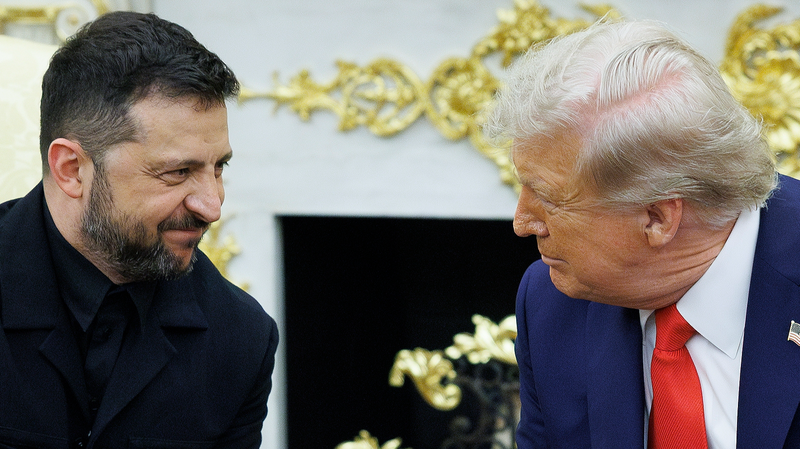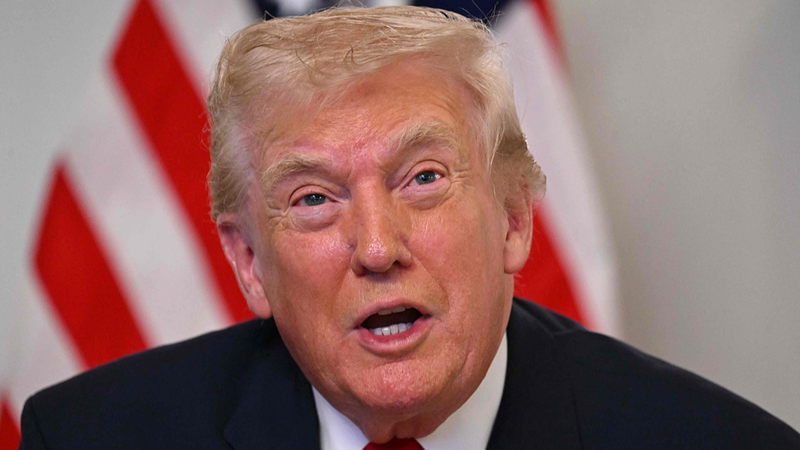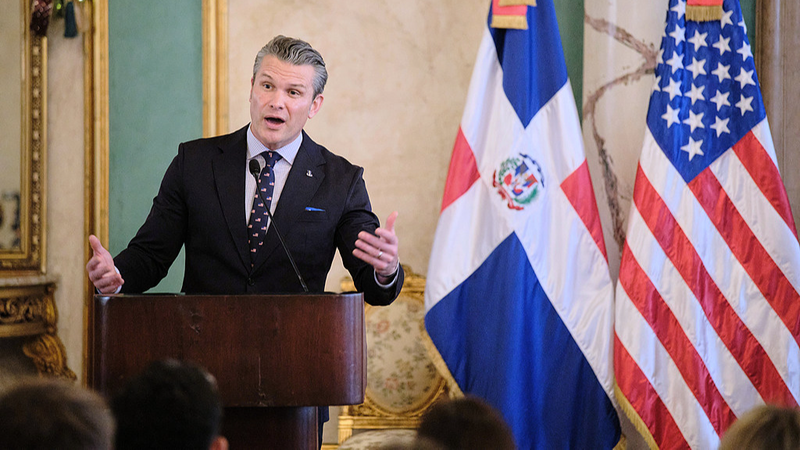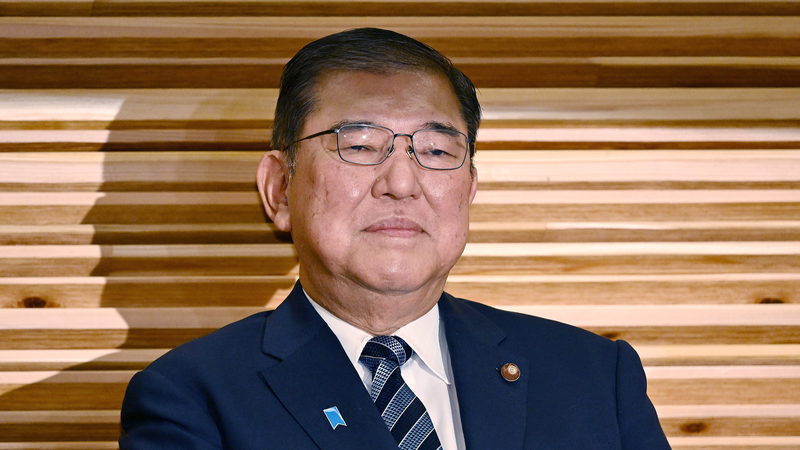In a major step toward bolstering Ukraine's defenses, top military leaders from the United States and six European nations met in Washington, D.C. last week to map out security guarantees for the embattled nation. The talks follow President Donald Trump's pledge to support Ukraine in any peace deal, marking a potential shift in how Western allies coordinate their response.
The chiefs of defense from the United States, Finland, France, Germany, Italy, the United Kingdom and Ukraine presented a range of options to their national security advisers, including:
- European boots on the ground under U.S. command and control
- Enhanced U.S. air support, from air-defense systems to enforcing a no-fly zone
- A coalition-funded peace force with Europe shouldering Europe's lion's share of the deployment
According to a source familiar with the discussions, U.S. Secretary of State Marco Rubio led a conference call with European counterparts to refine these proposals. While final details remain under wraps, planners are weighing how to balance European involvement with U.S. strategic oversight.
French President Emmanuel Macron and British Prime Minister Sir Keir Starmer have publicly backed the idea of deploying troops as part of a willing coalition. German Chancellor Friedrich Merz has also signaled openness to sending forces, echoing calls from the head of Germany's soldiers' union for a long-term commitment of tens of thousands of troops.
Despite President Trump's reluctance to send U.S. ground troops, he has left the door open for air support. "The planning work continues," said the source, noting Washington is still "determining the scope of its role."
As Europe's deadliest conflict in 80 years drags on into its fourth year, this high-stakes planning marks a potential turning point. For young global citizens, entrepreneurs and changemakers watching from afar, these discussions underscore the evolving nature of collective security in an interconnected world.
Reference(s):
U.S., European security advisers discuss Ukraine military options
cgtn.com



